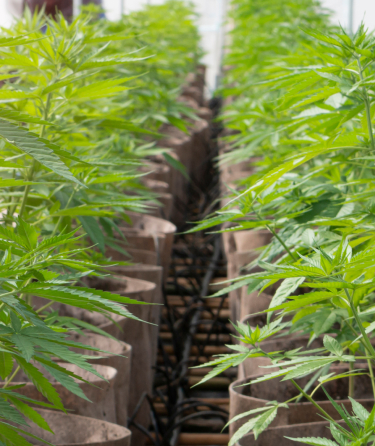From Ancient Times to the 19th Century
Even in ancient times, cannabis was recognized as a plant with extensive therapeutic capabilities. Early evidence of cannabis use for appetite improvement, pain reduction, and insomnia has been documented in ancient Egypt, China, and India. For thousands of years, citizens of the world’s greatest powers including the Chinese, the Romans, the Greeks, and even the Muslim empires smoked cannabis for medical purposes.
The modern history of medical cannabis use dates back to 1839. Dr. William O’Shaughnessy, an Irish physician and soldier in the British Army in India, noticed the beneficial effects of cannabis in reducing the incidence of cramps due to epilepsy, in relieving muscle spasms due to tetanus, and in treating nausea and pain.
At the same time, a French psychiatrist named Moreau began to examine the psychoactive effects of cannabis. Moreau found that in low doses, according to his definition, cannabis calmed patients, induced sleep, suppressed headaches, and improved appetite1.
The research of the two physicians broke new ground for the medical use of cannabis, following which a variety of commercial drugs were developed and included in the American book of drugs; Mainly drops, extracts, and tablets to treat pain, inflammation, and cramps. Towards the end of the 19th century, several concerns were raised regarding the excessive use of cannabis, which despite its optimal effect in low doses, could have devastating effects when used excessively2.
Cannabis in the 20th Century
In 1941, cannabis was outlawed in America and most of the countries in the world were banned from producing, possessing, and using cannabis without supervision when in Israel it is defined by law as a “dangerous drug.”
At this point, most research on medical cannabis in the world has stopped, while in Israel the research continued. In 1964 in Israel, Prof. Raphael Mechoulam and Dr. Yechiel Gaoni of the Weizmann Institute were the first to identify the component with the highest concentration in the plant – THC. About 30 years later, the receptors of the endocannabinoid system and some of the endogenous cannabinoids were identified.


The 2000s – Medicalization of Medical Cannabis Use
In recent years, the medical use of cannabis has been increasing in many countries around the world. At the same time, significant progress is being made in scientific research, on the way to clinically establish cannabis as a plant containing compounds that have medicinal effects, for a variety of medical indications. Various models of medicalization have been and are being implemented gradually around the world.
- O’Shaughnessy, William Brooke. “On the preparations of the Indian hemp, or Gunjah: Cannabis indica their effects on the animal system in health, and their utility in the[1] treatment of tetanus and other convulsive diseases.” Provincial Medical Journal and Retrospect of the Medical Sciences 5.123 (1843): 363.
- Article: History of Cannabis, Dr. Simon Vulfsons, Director of the Institute for Pain Medicine at Rambam Health Care Campus (“Medical Cannabis – Usage to Treatment” – Clinical guide for the medical and nursing staff, 2020).
- Source: IMC-GMP Medical Cannabis information booklet and medical guide (draft). July 2016, Protocol 154. Update 3: May 2019.







